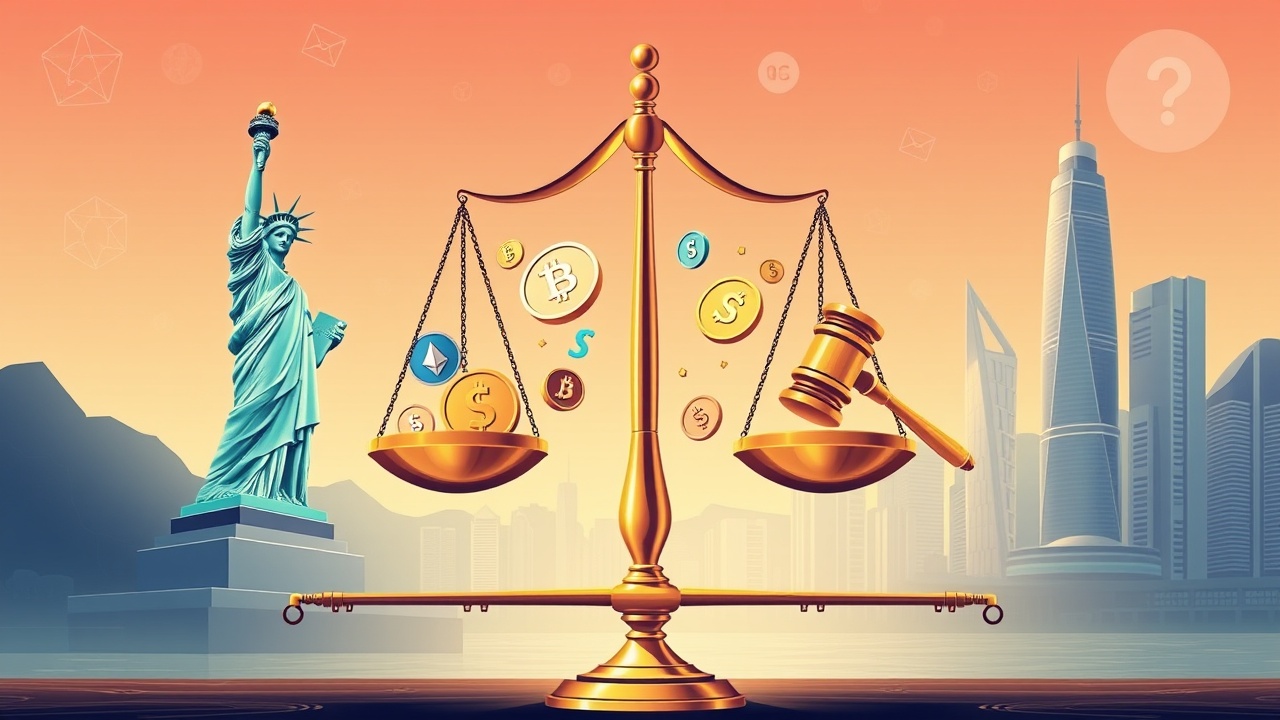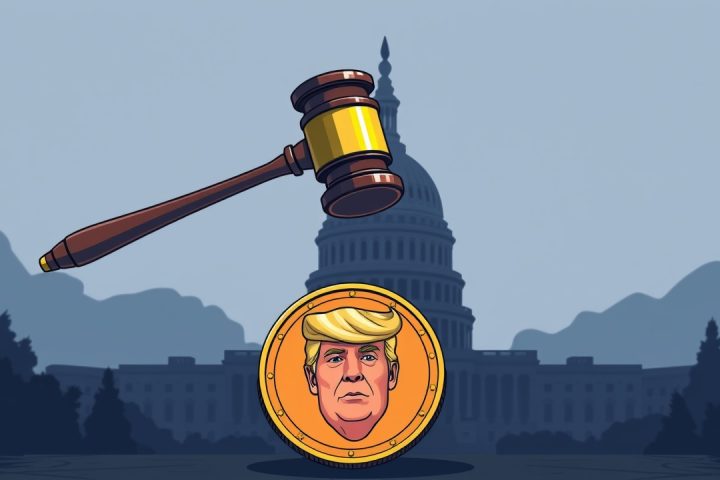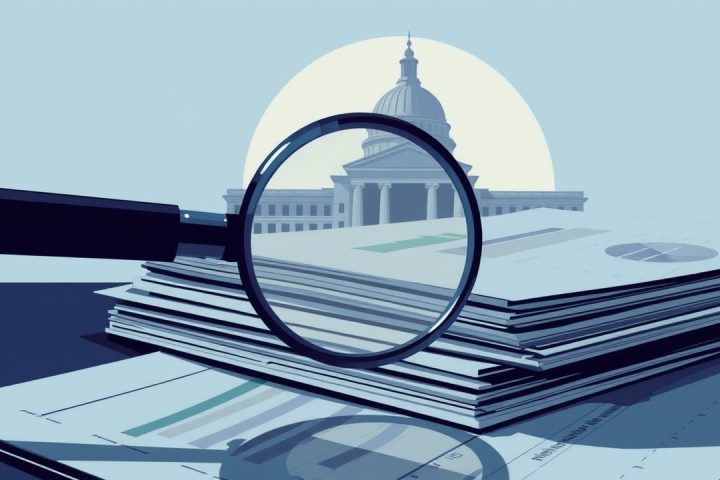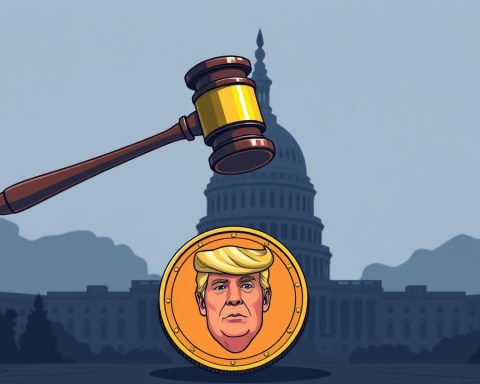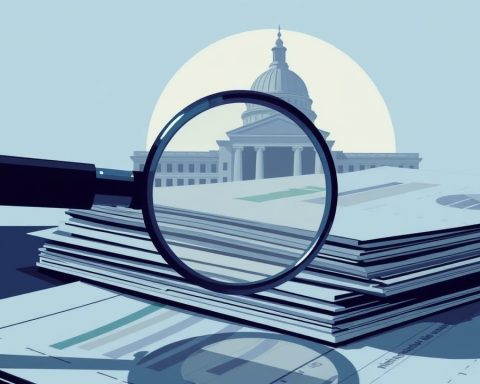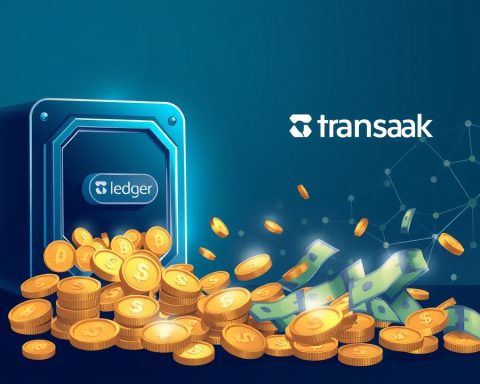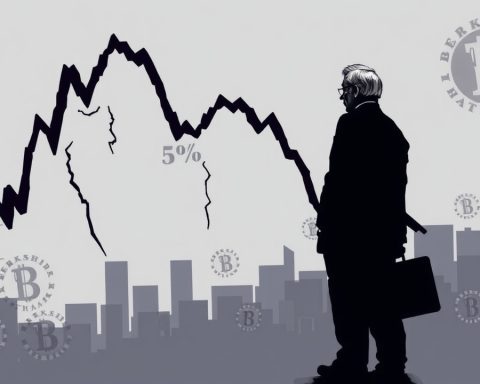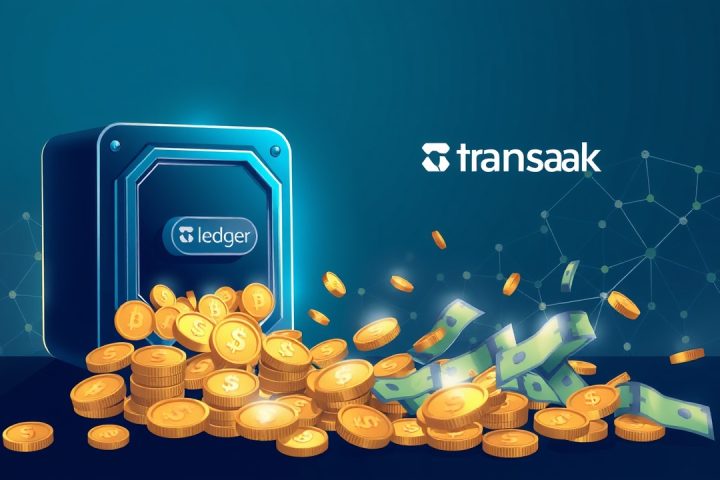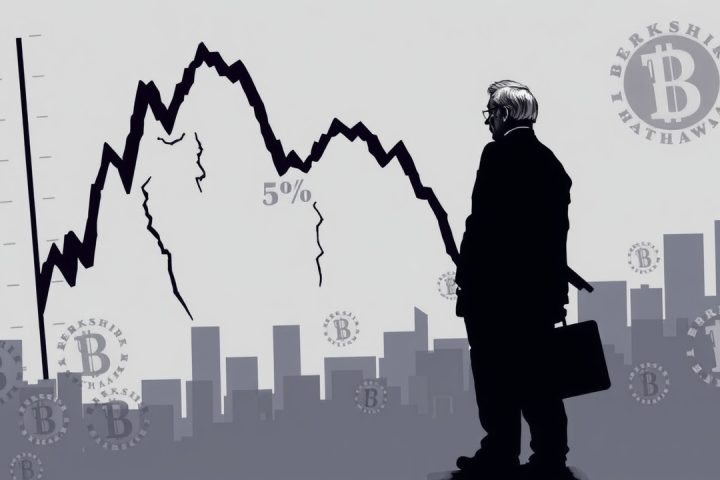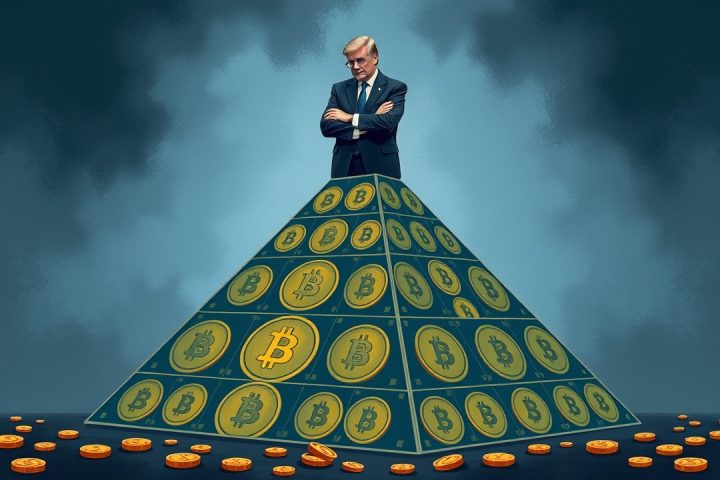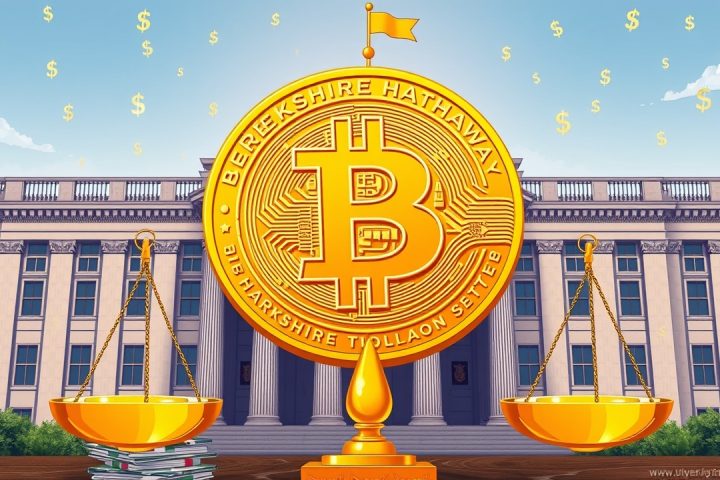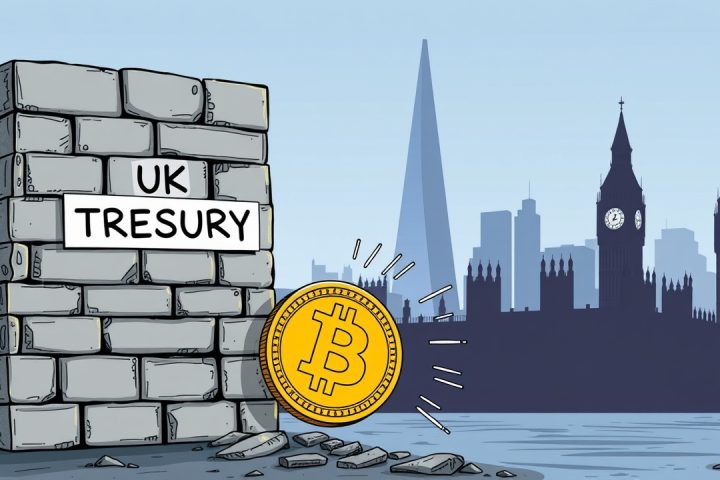Understanding Stablecoins and Their Risks
The Crypto Salad team previously delved into stablecoins, examining their operational mechanics and scenarios where they are currently applied. Their analysis revealed significant growth potential within the stablecoin sector. However, it is crucial to recognize that while technological advancements in stablecoins offer promising opportunities, they also present considerable risks.
A report from Chainalysis, a blockchain analysis firm, indicates that illegal activities executed via stablecoins reached a staggering $40 billion from 2022 to 2023. Alarmingly, stablecoins were involved in 70% of cryptocurrency fraud incidents and over 80% of transactions avoiding sanctions.
Regulatory Response and Frameworks
In response to these challenges, regulators worldwide are striving to establish comprehensive frameworks governing stablecoins. The U.S. is actively working on legislation like the Stablecoin Transparency Act (STABLE Act), while Hong Kong has enacted the Stablecoin Ordinance along with a regulatory Stablecoin Sandbox. This shift indicates a transition within the stablecoin industry, moving from a phase of unrestricted growth to one of compliance and regulation.
The Crypto Salad team, with years of expertise in navigating cross-border compliance in the cryptocurrency domain, will examine the importance of regulatory frameworks for stablecoins, drawing on industry research and our professional legal insights.
Inherent Instabilities and External Risks
One primary risk within the stablecoin sector is its inherent instability. The perceived stability of these coins hinges on market consensus and trust; it is not bound to the real value of their reserve assets. Instead, stability arises from market participants’ belief in the issuer’s reliability. If this trust diminishes—perhaps due to concerns about insufficient assets or misconduct—the value of the stablecoin can rapidly decrease, as seen in the Luna-UST collapse of 2022. This collapse highlighted severe vulnerabilities within algorithm-based stablecoins and raised questions about their risk profile without proper regulation.
The external risks are equally concerning, as the anonymity associated with stablecoins has attracted illicit activities, making effective supervision challenging. The absence of clear anti-money laundering (AML) and counter-terrorist financing (CFT) regulations could lead stablecoins to become conduits for unlawful capital movement, threatening the integrity of the financial system.
Global Regulatory Approaches
Countries around the globe, including Hong Kong, the United States, and others in the European Union and Asia, are rapidly developing their regulatory approaches. These frameworks typically concentrate on three major areas, which will be explored, focusing particularly on the distinct characteristics of regulations in Hong Kong and the United States.
Hong Kong’s Regulatory Landscape
In December, Hong Kong enacted the Stablecoin Ordinance, which clearly identifies the characteristics of stablecoins and highlights specific conditions under which they fall under regulation. The ordinance only applies to stablecoins that maintain currency stability relative to recognized official currencies. Activities related to these regulated stablecoins necessitate licenses, and issuers must meet specific entry conditions. The HKMA also introduced a Stablecoin Sandbox, allowing select issuers to test compliance before official launch, with several entities, including major companies, expected to issue compliant stablecoins by 2025.
The United States Regulatory Framework
U.S. legislation is still fragmented with no unified federal regulation specifically for stablecoins. Two significant bills, the GENIUS Act and the STABLE Act, seek to address these ambiguities. The regulatory authority currently lies with bodies like the SEC and CFTC, with ongoing debates about whether stablecoins constitute securities or commodities. Landmark rulings have highlighted discrepancies within this regulatory landscape, adding to the uncertainty faced by issuers. Recent legislation aims to establish clearer guidelines, particularly focusing on stablecoins valued over $10 billion, while those valued below may still be subjected to state regulations.
The Future of Stablecoins
As the global financial infrastructure evolves, stablecoins are poised to play a critical role in bridging traditional finance and digital asset markets. Their future depends significantly on regulatory developments, compliance capabilities, and the ongoing exploration of new market possibilities. As regulators fine-tune their frameworks, stablecoin issuers will need to adapt accordingly, fostering a balance between innovation and regulation in the burgeoning cryptocurrency arena.
Note: The views expressed in this article reflect the opinions of the author and do not constitute legal advice.

